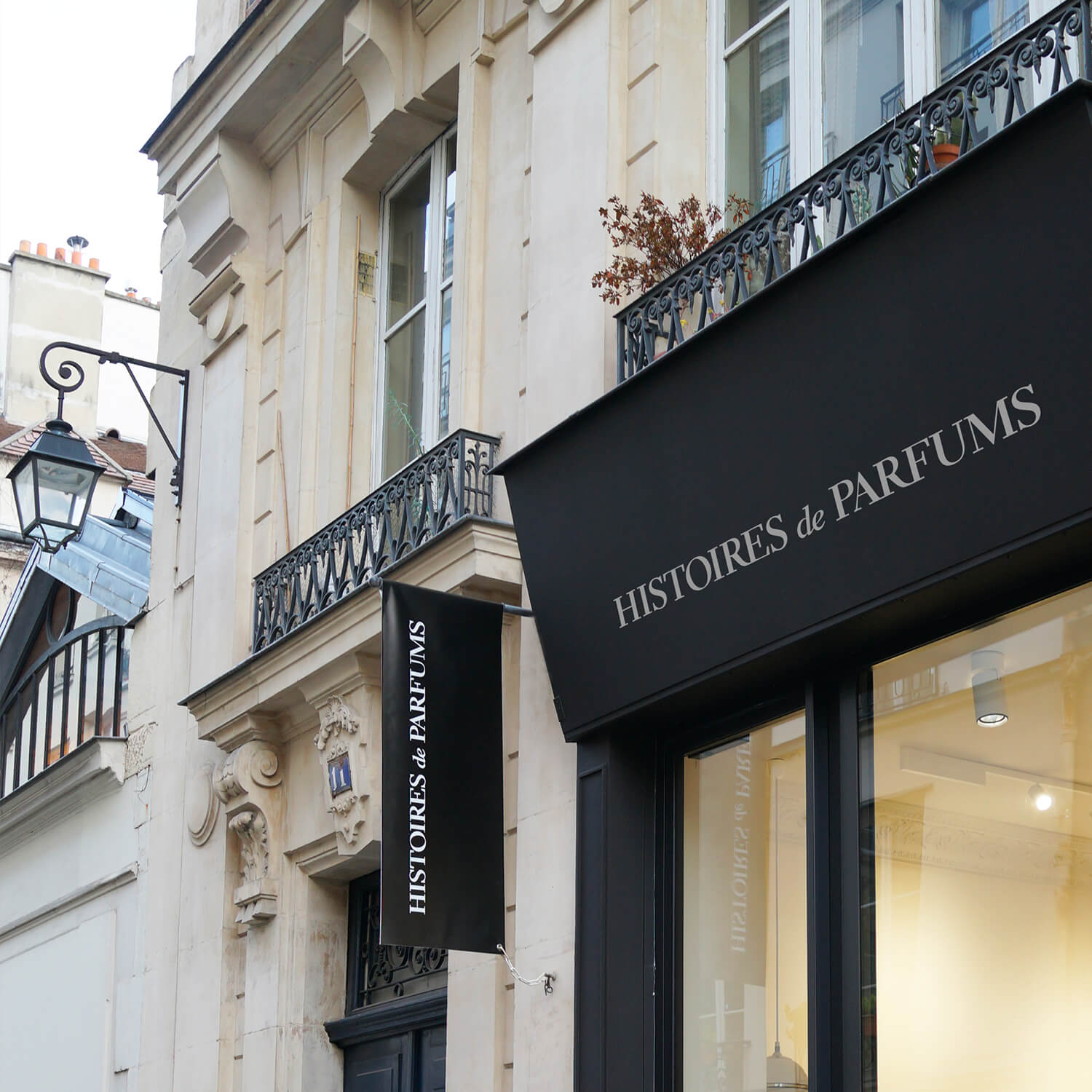Lily of the Valley
The Plant
The "flower of spring" or "lily of the valley", belongs to the Liliaceous plant family. Planting season begins in mid-October, and once matured, the plant will grow to measure 15 to 30 cm. It blooms between mid-April and mid-May growing small white bellflowers which develop into round berries between July and October. Beware to not eat the berries as they are toxic to humans. In order to grow, the lily of the valley needs moist soil rich in humus. Regarding its bloom, the flower blossoms under semi-shade which is why in the wild, it is mostly found at the foot of trees.

The History
According to Greek mythology, the lily of the valley was created by the god Apollo. He created the plant to cover the grounds of Montparnasse so that his nine nymphs could walk along a soft and scented carpet.
According to Christianity, the lily of the valley came about from the drops of blood shed by a dragon taken down by Saint Leonard. It is from this story that the lily of the valley came to be known as a good luck charm.
The tradition of offering a bouquet of lilies-of-the-valley dates back to 1560 when the French king Charles IX, then living in the provincial city of Saint-Paul-Trois-Chateaux, was given one lily on May 1st. Pleasantly surprised, the king adopts this gesture, and every May 1st, offers lilies to the women of the court.
While this tradition dies down over the years, it makes a reappearance at certain occasions and reinstates its presence in France in 1936 when the Popular Front gets accorded paid leave.
In Perfumery
Since the XVIth century, the lily of the valley has been a highly deemed fragrance. But it belongs to the "silent flowers". Whether it be by distillation or extraction, the scent yielded is weak, and the process, expensive.
Perfumers thus decide to revisit the synthesis. In 1908, the Coty Laboratory discovers a molecule called hydroxycitronnellal, which becomes the main ingredient used to recreate the scent of lilies-of-the-valley in perfumery. In perfumery, the lily-of-the-valley represents the heart. The flower's potent scent makes it difficult to use alone. To soften this headiness, the fragrance is usually mixed with other floral scents (rose, lavender, iris, jasmine, etc.).

Laisser un commentaire
Ce site est protégé par hCaptcha, et la Politique de confidentialité et les Conditions de service de hCaptcha s’appliquent.